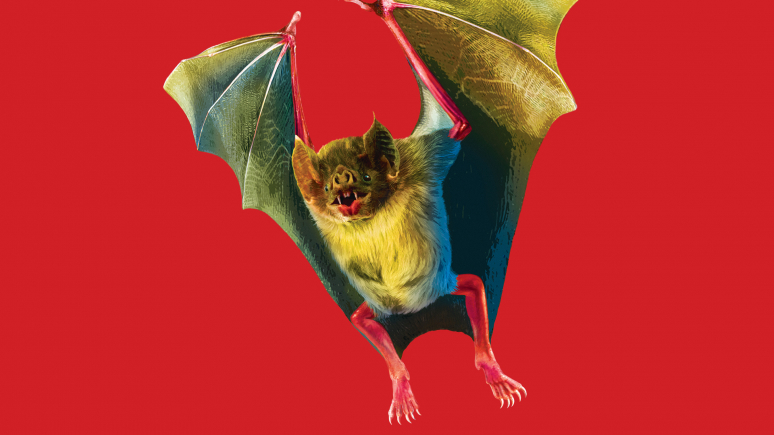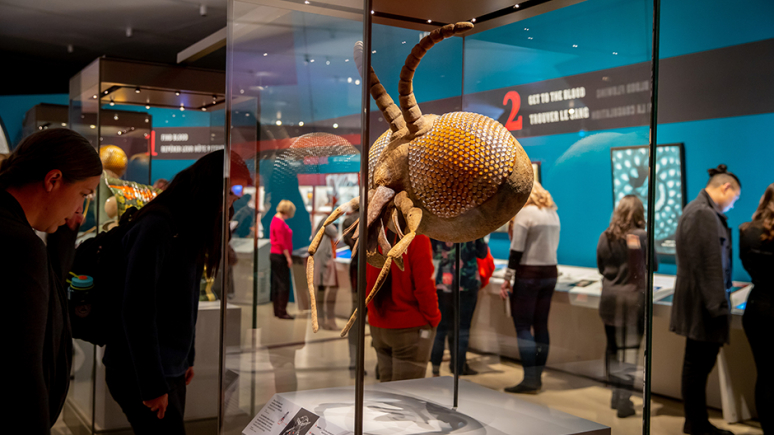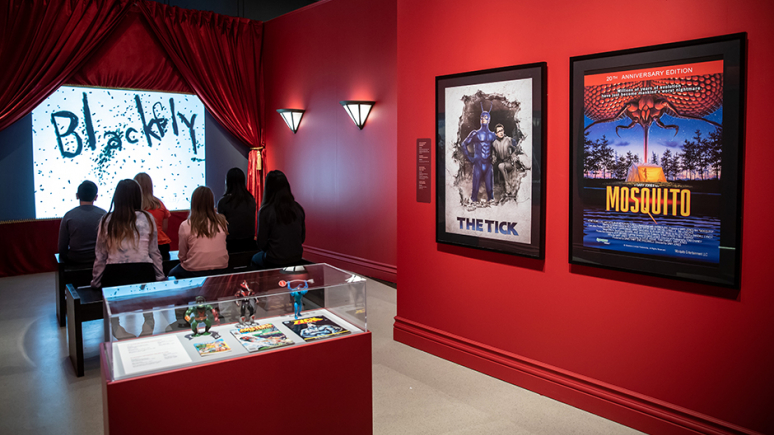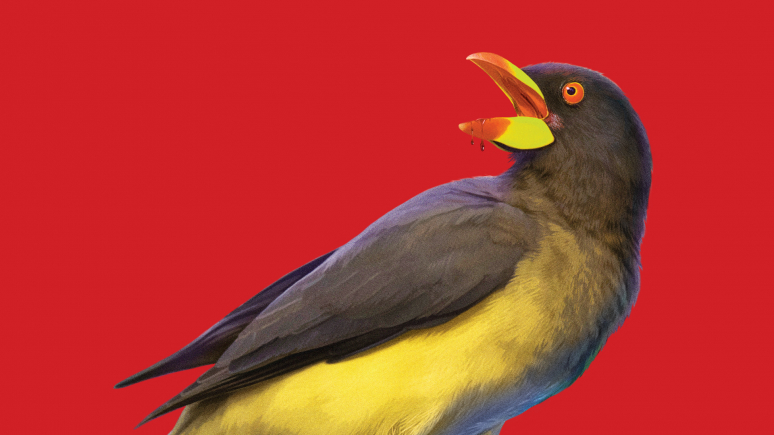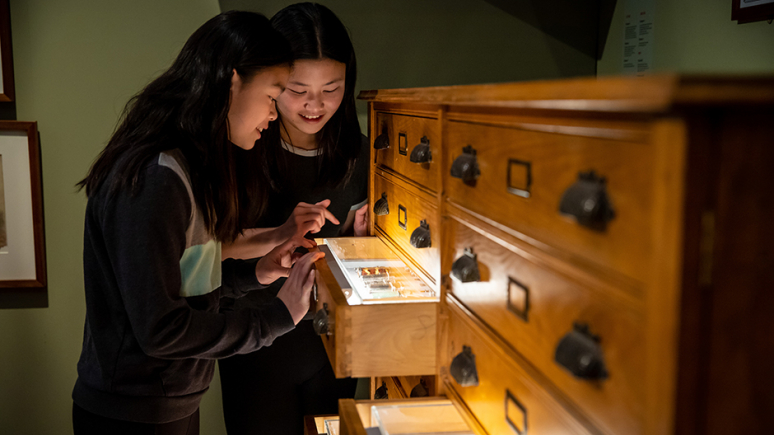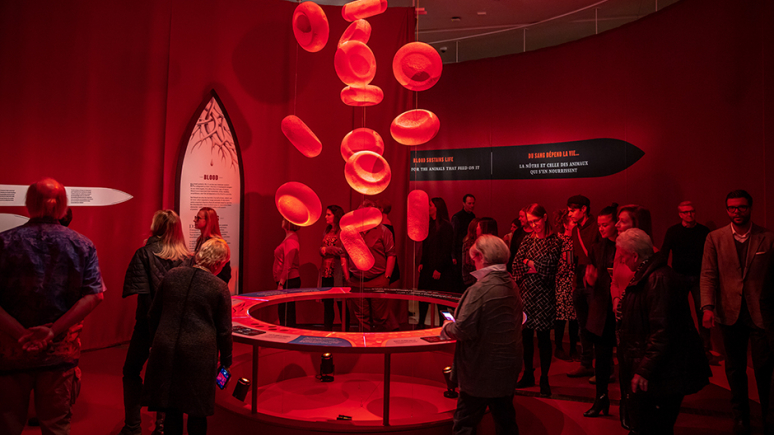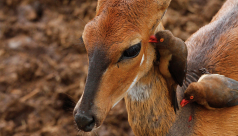
- Closed
- Level B2, Garfield Weston Exhibition Hall
About
See bloodsuckers in a whole new light in Bloodsuckers: Legends to Leeches. Featuring immersive experiences, larger-than-life installations, and interactive elements, this exhibition will answer your biting questions about bloodfeeding creatures, whether they’re natural or supernatural.
From mosquitoes and ticks to vampires, Bloodsuckers explores the incredible diversity, evolution and interconnected world of nature’s vampires, and the myths, legends and pop culture they have inspired.
Descriptive Audio Tour
Highlights
Fact or Fiction?
Both male and female mosquitos suck blood.
FICTION: Only female mosquitoes drink blood. They don’t feed on the blood, however, but use it to nourish the eggs that are created inside of their bodies.
Vampire bats are the only mammals that survive entirely on blood.
FACT: Feeding on blood takes a lot of adaptation. You need to be able to find the blood, get it out, keep it flowing and store it in your body. Vampire bats are the only mammals that have successfully evolved to overcome all these hurdles.
The first documented vampires were villagers who had died of unknown causes.
FACT: Belief in vampires – undead humans who sustain themselves on blood – arose in eastern Europe in the 1700s. The first reported sightings of vampires were of villagers who had died of unknown causes. When their bodies were exhumed, the natural process of decomposition was misinterpreted – bellies bloated with gas and blood at the mouths were taken as evidence of the corpses reanimating to feed on blood. Without scientific understanding, the legends spread
Leeches are used in modern medicine.
FACT: They are sometimes used to stimulate blood flow after reattachment surgery.
Bloodfeeders have been used in medicine for over 2,000 years.
FACT: Some of the first documentation showing leeches as instruments of bloodletting stem from around 400 BCE.
Explore More
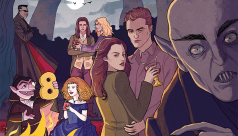
From Count von Count to Edward Cullen: A look at the immortal bloodsucker that has evolved alongside us.
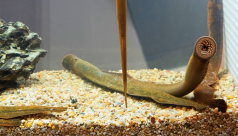
Older than dinosaurs, we look at the bloodfeeding sea lampreys that have survived four major extinction periods.
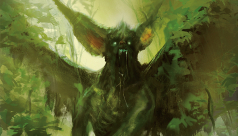
The vampire bat gets its name from shared traits with one of folklore’s most feared monsters
Vampires get all the attention at this time of year, but bloodthirsty leeches, insects and birds are just as compelling — and they’re real. (New York Times, October 28, 2019)
Newly identified species had been hiding in plain sight for decades, researchers say (CBC News, August 15, 2019)

Bloodsuckers Family Weekend Experience is generously supported by The Schmidt Family.

